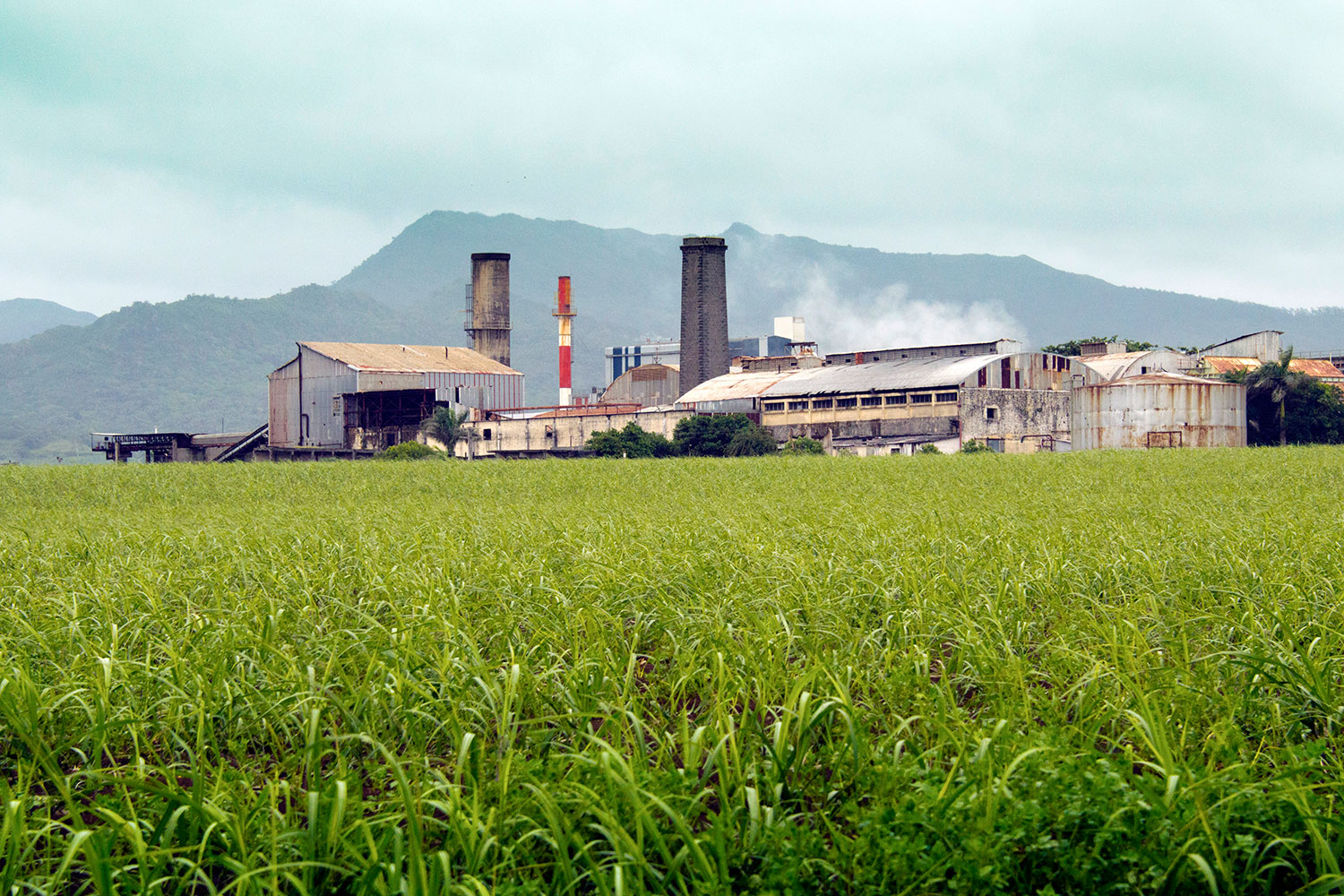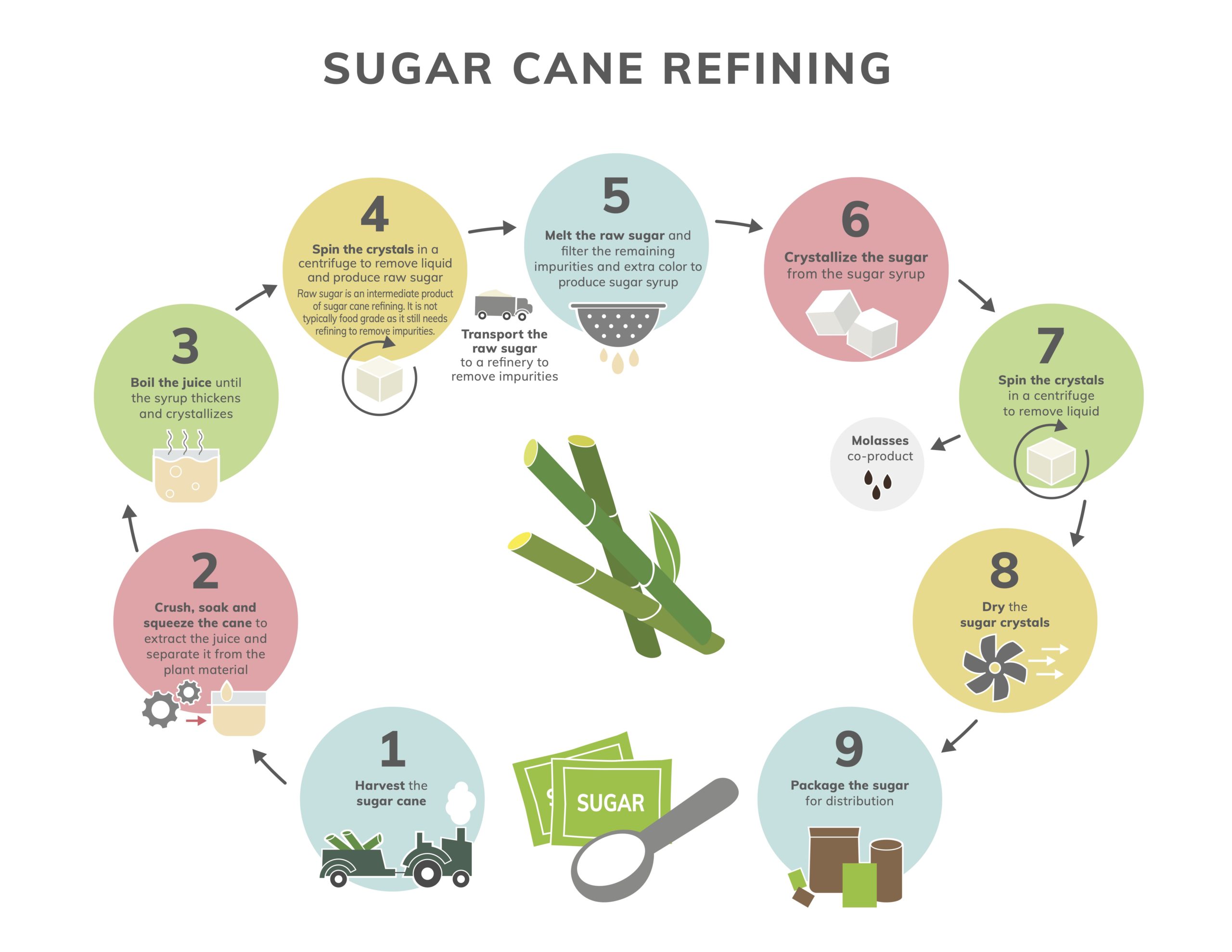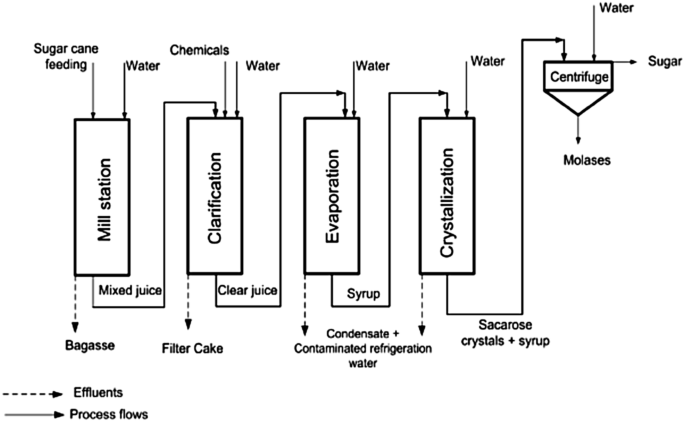Efficient Cane Sugar Processing Chemicals: Boost Yield and Top Quality
Wiki Article
Maximizar Rendimientos Y Minimizar Costos: Estrategias Avanzadas Para La Optimización Química Del Procesamiento De Azúcar De Caña
In the realm of walking stick sugar handling, the pursuit of taking full advantage of yields while concurrently minimizing expenses stands as an awesome obstacle that calls for a critical mix of sophisticated chemical optimization strategies. Amidst this complex internet of techniques lies the guarantee of opening untapped capacity and reinventing the very significance of sugar manufacturing.Chemical Analysis for Effectiveness
Chemical analysis plays a pivotal duty in enhancing the efficiency of sugar walking stick processing by providing essential insights into the composition and homes of the raw products. By performing thorough chemical analyses on sugar walking cane examples, processors can determine the precise focus of sucrose, glucose, fructose, and other elements present in the raw product. This information is crucial for maximizing the various phases of the sugar walking stick processing chain, from crushing to condensation.Additionally, chemical analysis makes it possible for processors to recognize contaminations such as natural acids, proteins, and minerals that can affect the top quality and return of the last sugar product. By quantifying these contaminations, cpus can apply targeted strategies to get rid of or reduce their results, ultimately improving the overall efficiency of the processing plant.
Furthermore, chemical evaluation assists in the surveillance of procedure parameters such as pH, temperature, and viscosity, allowing cpus to make real-time adjustments to make sure optimum conditions for sugar removal and crystallization. In general, an extensive understanding of the chemical composition of sugar cane is vital for making best use of returns, lessening costs, and preserving high item quality in the sugar production sector.

Enzyme Usage for Raised Returns
With a calculated strategy to enzyme usage, sugar cane cpus can dramatically enhance their yields while keeping operational efficiency in the production procedure. Enzymes play a critical role in sugar walking cane handling by damaging down complicated carbohydrates into easier sugars, hence enhancing the total sugar removal effectiveness. By incorporating specific enzymes customized to target the various parts of sugar cane, such as cellulose and hemicellulose, processors can boost the launch of sugars during extraction.Enzyme utilization supplies the benefit of making best use of sugar returns from the raw product while decreasing the energy and resources required for processing. This leads to an extra sustainable and economical manufacturing process. Additionally, enzymes can assist in minimizing processing time and enhancing the overall high quality of the sugar product. Through careful option and application of enzymes, sugar walking cane processors can maximize their operations to attain greater yields and profitability.
Ph Control for Ideal Handling
Enzyme usage for raised yields in sugar walking stick processing lays the structure for attending to the vital element of pH control for optimal processing efficiency. Keeping the proper pH level throughout numerous phases of sugar cane processing is vital for making best use see of returns and lessening prices. pH control is specifically vital throughout the extraction and explanation processes. In the removal stage, keeping the appropriate pH assists in achieving reliable sucrose removal from the walking stick. Regulating the pH throughout explanation help in the precipitation of impurities and non-sucrose elements, leading to a purer final item. In addition, pH influences the task of enzymes associated with the breakdown of macromolecules, influencing the total effectiveness of the process. By meticulously monitoring and changing the pH degrees at different handling actions, sugar walking cane cpus can boost sugar recuperation prices, minimize chemical usage, and enhance the general production procedure. Effective pH control not only enhances the high quality of the last product but also adds to sustainable and affordable sugar walking stick handling operations.Advanced Filtration Techniques
Implementing advanced purification methods in sugar cane handling boosts the effectiveness and pureness of the end product with refined splitting up approaches. By incorporating sophisticated filtering modern technologies, such as membrane filtration and triggered carbon filtration, sugar cane processing plants can attain higher degrees of sugar recovery and enhanced quality assurance.
Activated carbon purification is another innovative technique that assists in the removal of colorants, off-flavors, and residual impurities from sugar cane products. By making use of triggered carbon's adsorption properties, this filtration method boosts the clearness and taste of the sugar, fulfilling the high standards required by customers and sector regulations.
Energy-Efficient Purification Techniques
Energy-efficient distillation methods are essential for enhancing the sugar walking cane handling market's energy consumption while preserving premium product standards. Typical purification procedures can be energy-intensive, causing higher production expenses and environmental effects (Cane Sugar Processing Chemicals). Carrying out energy-efficient purification methods, such as vacuum distillation or molecular distillation, can substantially decrease power demands while boosting total process effectivenessVacuum purification includes decreasing the pressure within the purification system, which decreases the boiling point of the fluid blend being processed. read what he said This decrease in boiling point click here for more info decreases the energy needed for evaporation, causing energy financial savings contrasted to standard distillation techniques.
On the other hand, molecular distillation makes use of brief course distillation techniques under high vacuum problems to different substances based upon their molecular weight. This method is especially effective for heat-sensitive compounds, as it runs at lower temperature levels, decreasing energy consumption and preserving item quality.
Final Thought

Report this wiki page